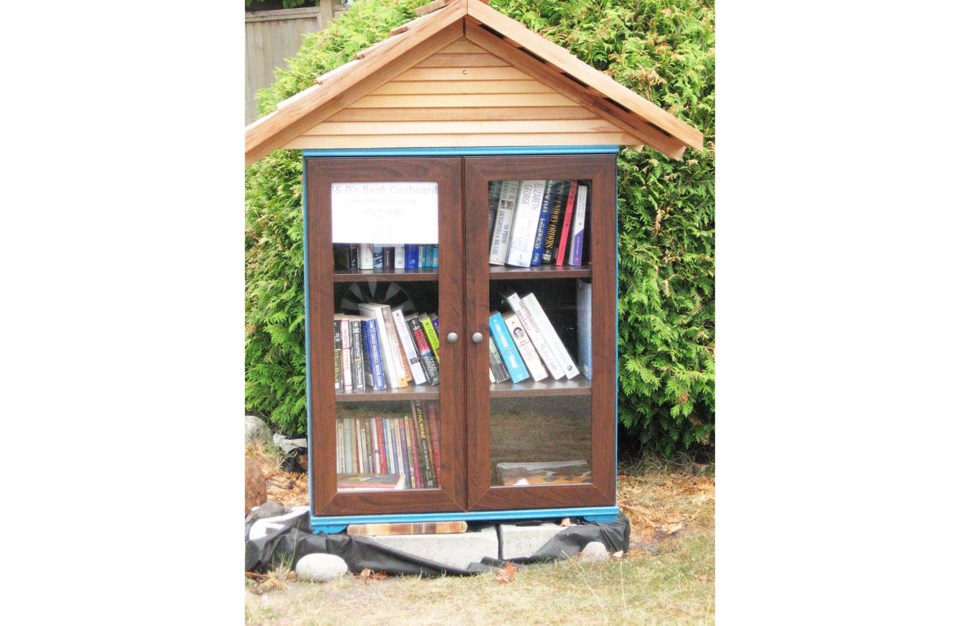The printed word.
Black and white.
These phrases once rang with authority — saying, “it’s the printed word” meant it was official.
Is the digitalization of nearly all media obliterating our perception of words printed in black ink on white paper?
Will we have to find new phrases to convey such a timeless concept as authority?
This isn’t the first upheaval in the world of words. In the mid-15th century, Johannes Gutenberg of Mainz, Germany, began experimenting with the printing press, employing individual reusable letters cast from matrices in a mould.
Previously, in the West, books had been written by hand, by one or more scribes patiently tracing letters on pages of vellum or paper.
These books were called manuscripts, from the Latin “manu” (by hand) and “scriptus” (past participle of “scribere”, to write).
By the late 15th century, the centre for printing had moved to Venice. There, the most famous printing firm was the Aldine Press, founded by Aldo Manutio (1449-1515), who developed the slanted type known as italic. Manutio also standardized punctuation.
Before the 19th century, books were usually sold as loose sheets. These sheets would be taken to a bindery where they were folded into gatherings, sewn together (it was up to the reader to cut open the pages with a paper knife) and bound in vellum, leather, or even wooden boards.
The format of the book depended on the size and number of the pages printed on the sheet.
Many of the ancient Latin and Greek texts published by the Aldine Press were in a format called small octavo (Latin meaning in eighth) — 16 pages of text printed on one sheet, which was folded three times to produce eight leaves.
They were often bound in vellum and easily carried in a satchel or coat pocket. Thus, in a certain sense, these were the first pocket books.
Paperbacks (or pocket books), as we know them, were born in 1935 when Allen Lane founded Penguin Books, although there had been a forerunner in Germany — Tauchnitz editions, which were reprints of British authors, launched by Christian Tauchnitz in 1841, for sale in countries outside Great Britain.
By 1939, the United States had entered the paperback market with the imprint Pocket Books, linked to the established hard-cover firm Simon & Schuster.
World War II had a significant effect on book publishing — paper rationing, air raids that destroyed publishers’ stock, at the same time that the public’s appetite for reading grew enormously.
Prices for paper and print rose steeply during post-war years, and paperbacks became the most affordable form for books.
In the last decades, we’ve seen another crisis in the book world. E-books and online vendors such as Amazon have dealt a wounding blow to independent book stores and traditional printing.
Was the blow fatal? Are printed books and book stores dead? Happily, something phoenix-like is occurring — out of the ashes of doom and gloom, outdoor book cupboards are arising around town. You take a book, bring a book, keep the book alive. Long live the printed word!
Sabine Eiche is a writer and art historian (Members.shaw.ca/seiche).



